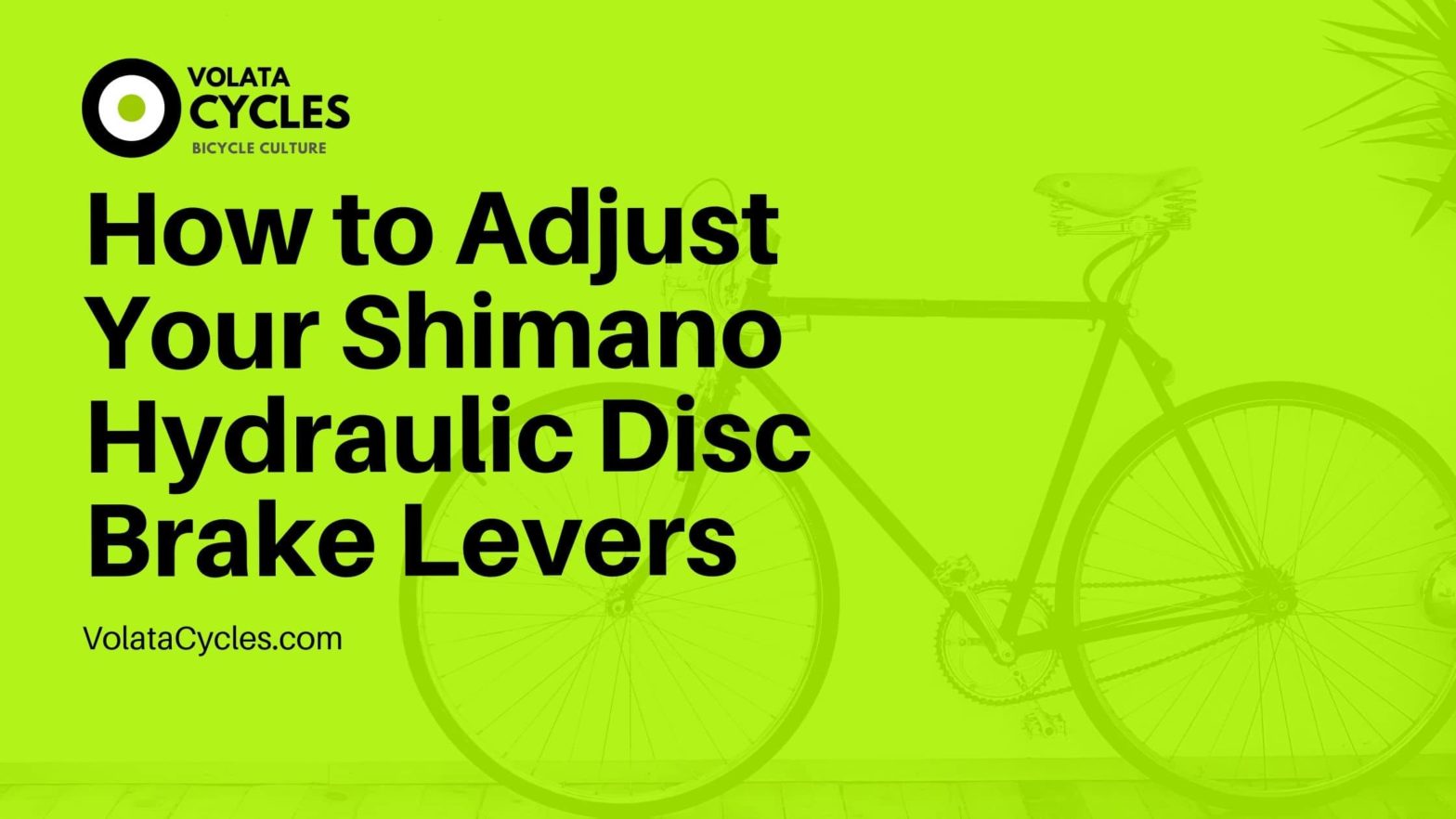Adjusting your brake levers might sound like a trivial thing, but, trust us, it’s a task that is more important than most people think! In fact, we often see it done incorrectly, even among bike enthusiasts who one expects would know better. Indeed, leaving your brake levers in the wrong position will have a negative effect on your overall riding style, and might even be dangerous. So don’t dismiss this seemingly menial task, which is a task that every bike enthusiast must regularly put some effort into doing, because, for one, it’s very easy to do and won’t take too much of your time, and for another, it will make your ride more comfortable and safe.
And, truly, when we say it’s easy to do, we mean exactly that. Old bikes, you see, weren’t so kind, and some even required the use of a spacer to adjust the levers. Now, though, it is so much easier. And for Shimano Hydraulic Disc Brake Levers, all you’ll need is a couple of minutes and a hex key.
So, for this article, we’ll teach you how to get your Shimano Hydraulic Disc Brake Levers into the right—nay, perfect—position.
First, there are a few factors here—well, three factors, to be exact—that one will need to consider to get the optimal brake lever position and placement. They are 1, your brake lever’s distance from the grips, 2, your brake lever’s angle, and 3, the lever reach.
Step 1: The Brake Lever’s Distance from the Grips
Naturally, you don’t want your brake lever to be too close to the grip. Neither do you want it to be too far. The best lever distance will be one where it is reachable with your pointing finger. And you want to be able to simply extend your pointer and have it reach the lever with ease.
So loosen up your brake lever with a screwdriver and adjust its distance to the grip. Again, you want to be able to brake with one finger, your pointer. So make sure the distance is such that you are able to do this without needing to position your hand awkwardly.
Step 2: The Lever Angle
When it comes to the lever angle, you want it to be angled in such a way that your palms and extended pointer form a straight line with your lower arms as you reach for the lever. If the angle is too high, you might not be able to hit it immediately with your pointer, and if it’s too low, you’ll need to twist your hand too much in the forward position to reach it, so you want the angle of your lever to be just right, and this will typically require it to be facing 45 degrees downward, more or less.
Of course, the 45-degree angle won’t fit everyone, but this will basically be the angle that works best for most people in a neutral riding position, plus or minus a few degrees for some people. We’d suggest, however, that you try out different angles to see what’s best for you.
Step 3: The Lever Reach
The lever reach is the distance between the brake lever and the grip—it’s basically the distance your pointer needs to cover as it extends to reach the lever. The proper lever reach ultimately comes down to personal preference. Naturally, riders with long fingers won’t need to adjust the reach (or maybe they will if they simply prefer the feeling) while riders with shorter fingers might want to shorten the reach so they can pull the lever more comfortably.
The method to adjust the reach will be different for different brake brands. Some will have a knob near the lever itself that can be turned to adjust the reach, while some will require a hex key.
For Shimano Hydraulic Disc Brake Levers, however, there will be a 2mm-sized hex keyhole under the top part of the hood. You’ll need to peel the hood back to find it, but it’s there. Once you’ve found it, just insert your 2mm hex key and turn it clockwise to bring the lever closer. Conversely, turn it counter-clockwise to bring it farther back.
Of course, adjusting the reach will naturally change the throw of the lever, so you need to try your bike out and see if you’re comfortable with all the adjustments before going out on a trail.
Bottomline
Adjusting the brake levers is something you should always do before using a bike. It is an important part of getting a bike as dialed-up as possible to fit your style of riding, and we can’t stress enough how dangerous it will be to leave your levers in an awkward position. It’s an easy enough task that requires but a few minutes to do, so we’d suggest that you get on it and ride safely!

